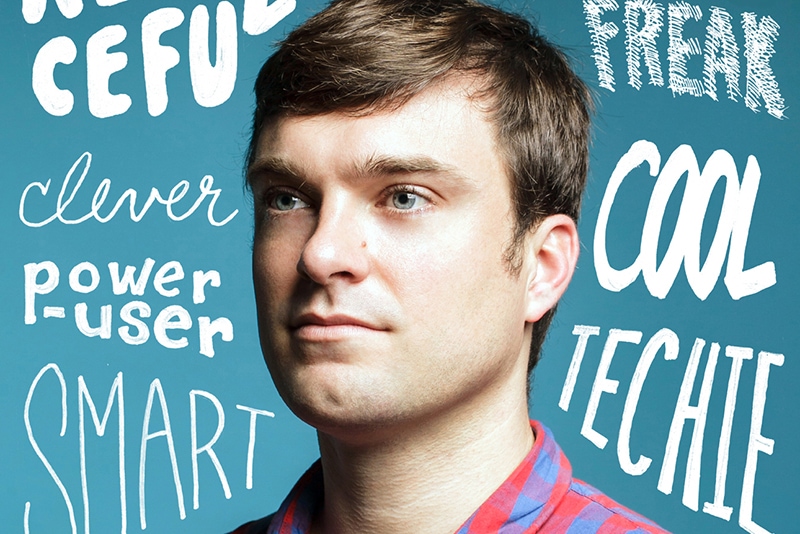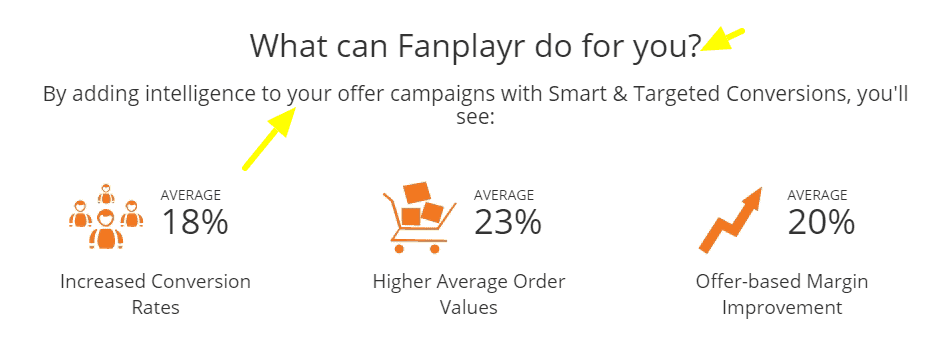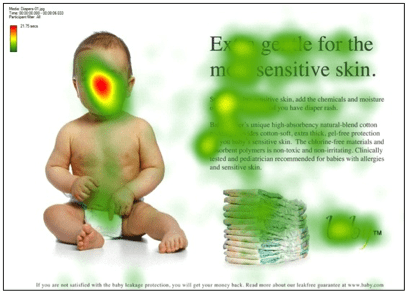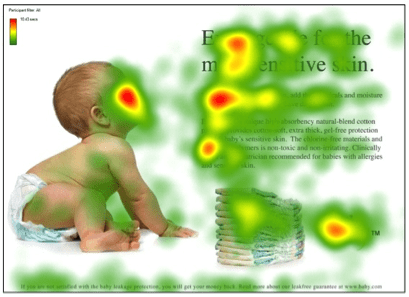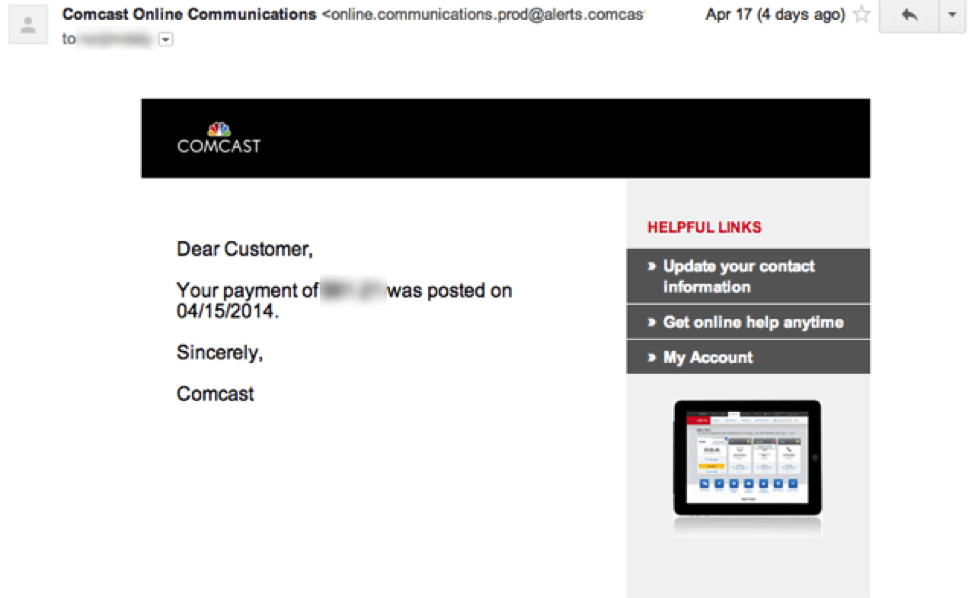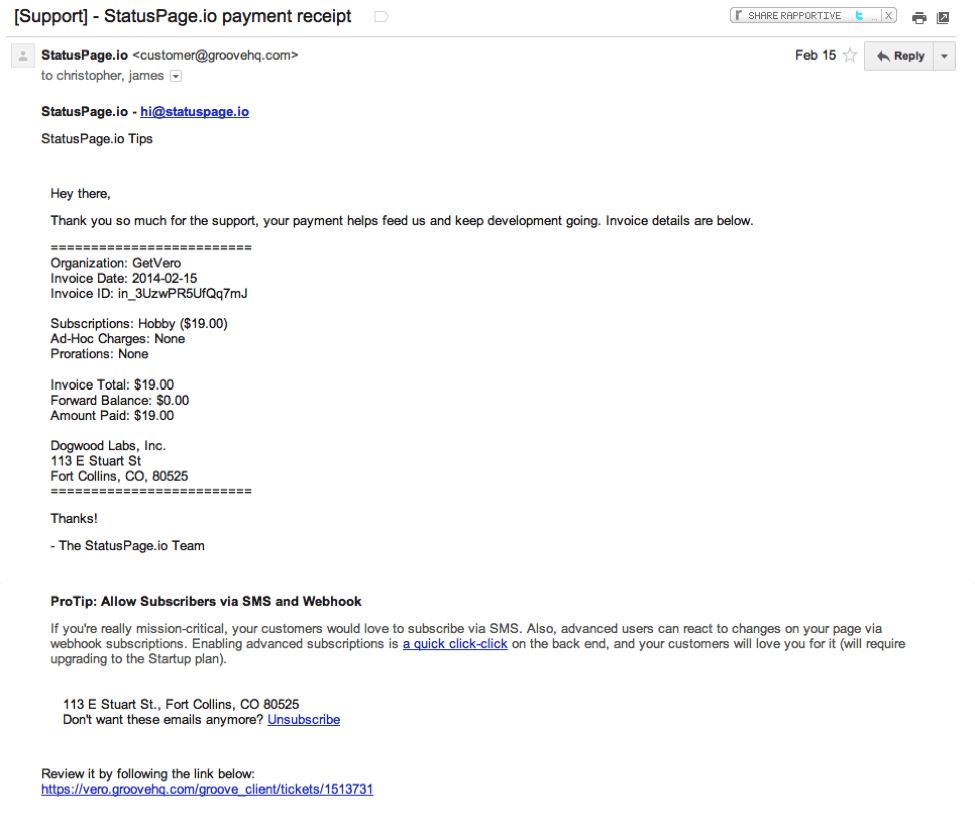There’s a lot that’s being written about selling online— lead generation, conversion rate optimization, funnel, cross-sells, down-sells and what not. But do you know the one thing that essentially drives sales? It’s emotions.
Surprised?
A lot of things go through the mind of a potential buyer before they commits to buy. The price, the value offered, the steps involved, the copy — these all affect the mind of the buyer.
That’s why it’s essential that you master consumer psychology.
It’s a skill that can really boost your conversions through the roof. You don’t need to have a psychology degree to use this as a way to skyrocket your sales and keep them coming back for more. This stuff is powerful. If you can get into the mind of your customer, you will know what makes them decide to buy.
Let’s go through some of those techniques.
1. Fear of Loss
We are wired to avert loss so much that even monkeys, our ancestors, display it.
The way the transaction is framed affects decisions in a big away. Given a choice between a $5 coupon and avoiding a $5 surcharge, most would go for the later, even though both are exactly the same.
In an experiment, participants were given $50 at the start. They were then given a choice— keep $30, or gamble with a 50/50 chance of keeping or losing the whole $50. 57% of the participants decided to choose the less risky path and kept the $30.
An example might be to put a time limit on a promotion. The fear of losing out on a good deal can make people buy your product immediately.
2. Promise of Gain
This technique is regularly used online. Have you ever seen those sites which have huge banners that say “14-day Free Trial”? There is little to be lost by signing up because you are not handing over money. You gain by being able to try out what the service is about for free. They are hoping that you enjoy the service and eventually pay for it.
Marketing Experiments conducted a lot of free trial tests and found that in almost every case free trials helped conversions.
3. Create Customer Personas
Think about the type of person who is likely to visit your site and personalize your site to your target customer.
For example, if you sell baby products, a large image of a smiling mother on your homepage as well as text that could be said by a new mother would be a lot better for conversions.
Mailchimp actually went ahead and created images of User Personas on their blog.
They achieved that by interviewing stakeholders and analyzing what they found from their interviews. You could also do this by gathering feedback from your customers through tools like SurveyMonkey.
4. Speak in the First Person
Speaking in the first person and using words like “you” and “I” in the copy are very effective. Make your headlines personal. Your CTAs should speak about the benefits rather than the features.
FanPlayr seems to have nailed it with their copy. It’s all about You.
5. Use the Power of a Human Face
In a study conducted by James Breeze, it was seen that human faces can guide people to CTAs.
Have a look at the first image;
The areas in red show where visitors are looking at the given moment. They are looking right at the baby’s face.
Now, look at the second image
As soon as the baby starts looking at the headline, the eyes of the visitors shift in response.
6. The Fewer Options, the Better
Studies on consumer psychology have shown that the more options you give your customers the lower the sales. This is because it can be overwhelming to have so many options. Overwhelmed potential customers get anxious and will make a mental note to come back later when they have made up their mind about purchasing.
Of course, they usually forget and don’t return.
Sheena Iyengar, author of “The Art of Choosing”, says that choice can be demotivating and more the options, the fewer the conversions.
To prove her point Sheena went to an upscale grocery store and set up shop. She ran the experiments with a set of 6 different varieties of jam and a set of 28 different varieties of jam. It was observed that even though the shop with a greater number of jam varieties attracted more shoppers; the shop with just 6 jams was the one that had the most purchases.
Interestingly, the world’s most valuable brand—Apple, seems to know this well.
They don’t release a variety of phones at different prices. They release 1 or 2 phones a year. This reduces the options their consumers have, thereby reducing purchase anxiety and increasing sales.
However, Samsung releases many phones at different prices throughout the year, thereby causing purchase anxiety and maybe that’s why their sales don’t beat Apple, even when they have copied everything from design to names— Samsung s4; iPhone 4s?
7. The Feel Good Factor
Lastly, you want your customers to feel good when purchasing from you. Do not exaggerate what your service or product can do. Informing them that they can contact you at anytime if they have any questions about your product or service will leave them feeling good about their purchase.
The first email here, by Comcast seems cut and dry;
But have a look at the second one by Status.io. It makes you feel good about the purchase.
Which brand do you think will get more referrals? Would you tell your friends about Comcast or Status.io? Keep using positive emotions and you could have a lot of customers in no time at all.
Concluding thoughts!
In conclusion, if you use the techniques listed above, you are likely to see a marked increase in your conversions. Many of them require only small changes.
You can also combine the psychological methods in your ads, newsletters and mailing list correspondence to see success.

